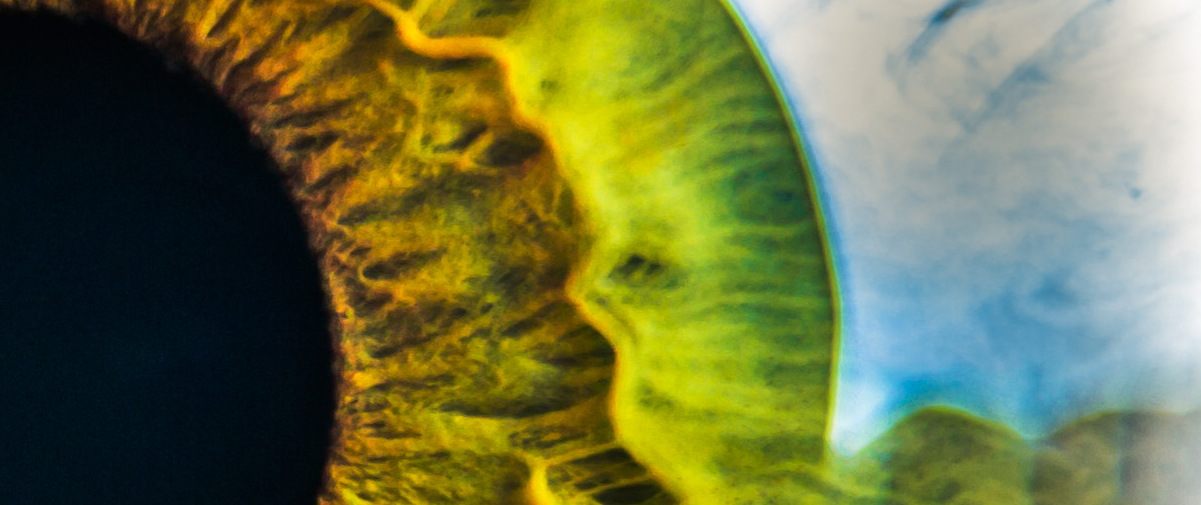Vivid Vision Update - June 2015

It's been a while since we've made a big public update on the site, so we figured it was about time. We've received a lot of great feedback from our beta testers, both at home and in the clinic, and we've used that feedback to design two separate pieces of software: one for the clinic, and one for home use. There has been some confusion about our recent launch to clinics and whether or not we were still going to release a version for the home (and how much that version will cost). So to clear that up right away:
We are planning on releasing the at-home version of the software along with CV1 in Q1 of next year, for less than a hundred dollars.
Home Version vs. Clinical Version
There is a big difference between the clinical version and the home version. The clinical version is a set of tools and mini-games for eye doctors to assess and improve amblyopia and strabismus. It is more focused on assessment and short sessions (5-60 minutes) and lots of different mini-games.
The home version will be a full-length game with a story, something that you could really spend a lot of time playing. It will have less testing and assessment, and will be focused more using game mechanics to make it easy to spend the time needed to see changes in perception.
The two versions will share data, so a person can go into their local eye clinic, get assessed by their eye doctor, and learn the system under their supervision. They can then go home and do some of the games and assessments while their eye doctor can keep track of their progress using our cloud data service. The doctor still has oversight and can schedule tests and games remotely for use at home.
We want to give clinics more tools for their patients with lazy eye and expand the number of people who are getting vision care in clinics. We also know that there simply are not enough clinics to provide care to everyone who needs it in the world. This is why we will also be providing a simpler, automated, version for those for the millions who don't have access to clinics.
Why the Clinical Version Was Released First
There are a couple of issues which have influenced us to choose the route we have taken here.
-
The DK2 is not a consumer product. I really wish it was, but it isn't. People in the beta are constantly having issues caused by their specific hardware configurations and the Rift. It just doesn't work easily for all systems. We end up spending a lot of time supporting people to get their Rift working. Since we can control the hardware in the clinic, this isn't an issue there. We'd love to add more people to the beta, but that would be counter-productive unless we are learning something new from it. When we have new stuff to test, we will add more people. We've given out hundreds of copies of the game and more than 10 rifts for free already and plan to keep doing that.
-
Regulation in this industry isn't simple. We want to make sure we are properly following all regulations that govern the sale of our software, and it is a pretty gray area in general. This takes time and money to do properly. Anyone can build and release something but we want to scientifically prove it works and be able to say that in public. The alternative is an 'eye wellness' program that makes no claims about lazy eye and has restrictions on the kind of data we can measure and use.
-
Scientific research takes time. The last thing we want to do is rush something out that hasn't been scientifically proven and vetted. We are in the middle of a big study at UCSF Ophthalmology to validate the system. A lot of the choices you make when presenting the specific visual stimuli can have big and unexpected consequences on the quality of the treatment. There are some potential side effects from using the software which we think are extremely unlikely, but we need to prove that in a masked and controlled setting. The visual system is extremely complex and it takes time to do this well.
The Future
Our goal still is and has always been to help the most people with amblyopia and strabismus as possible. We think that rigorous scientific research, making sure we are following all regulations, and waiting for the right consumer hardware is the best way to do that.
Our communication with the public, and our backers, could certainly be better. We'll make an effort to keep communication going here, on facebook, and on twitter.
We'd be happy to discuss further if you think we aren't doing this in the right way. Please post in the comments below!
Find a Provider vivid vision update dk2 cv1 clinics research amblyopia strabismus